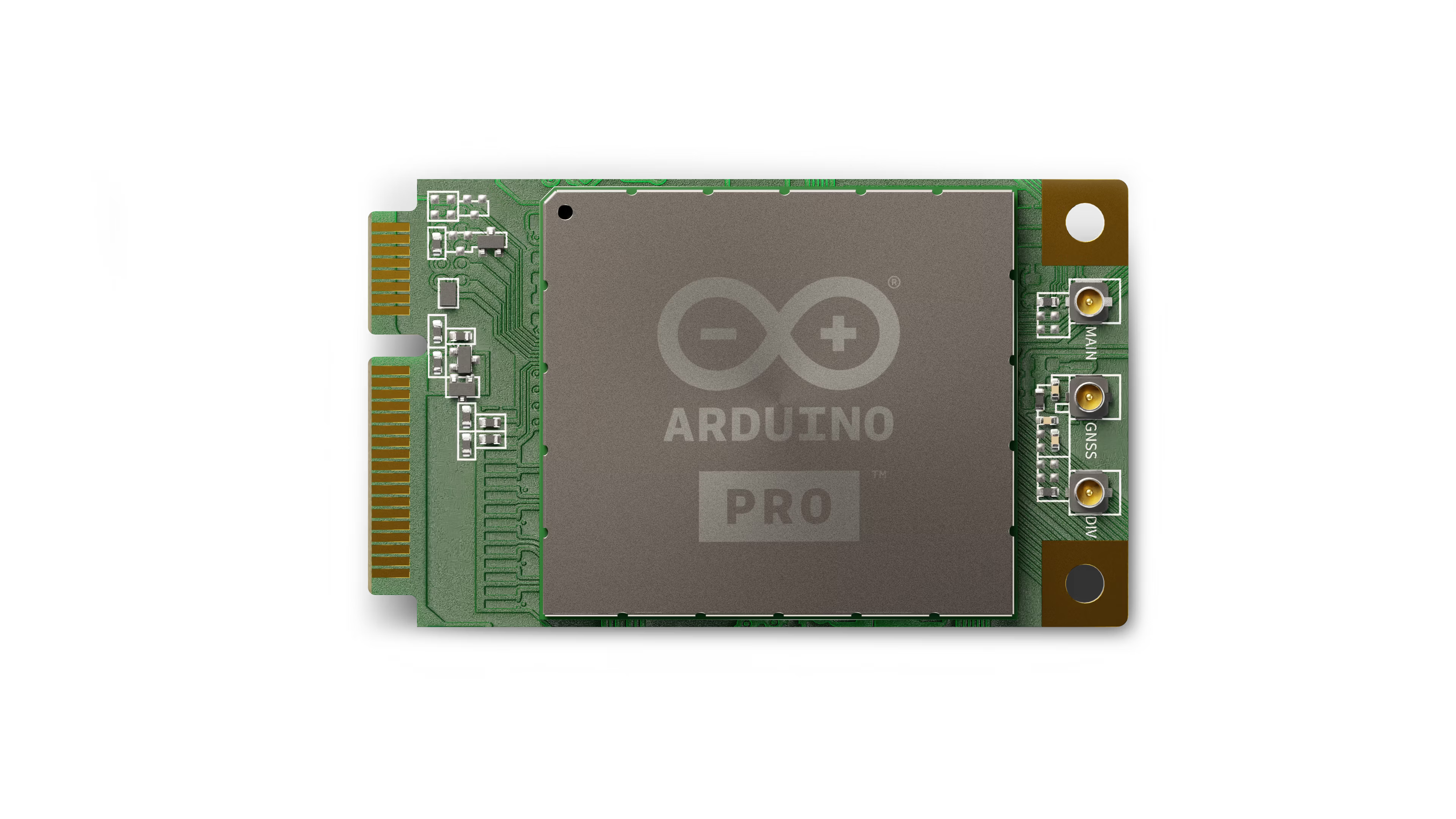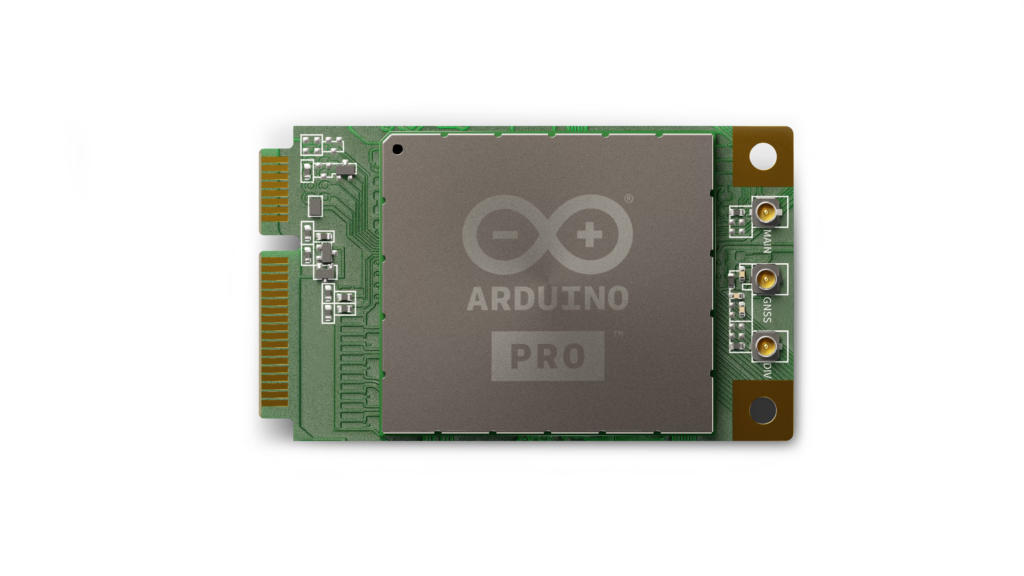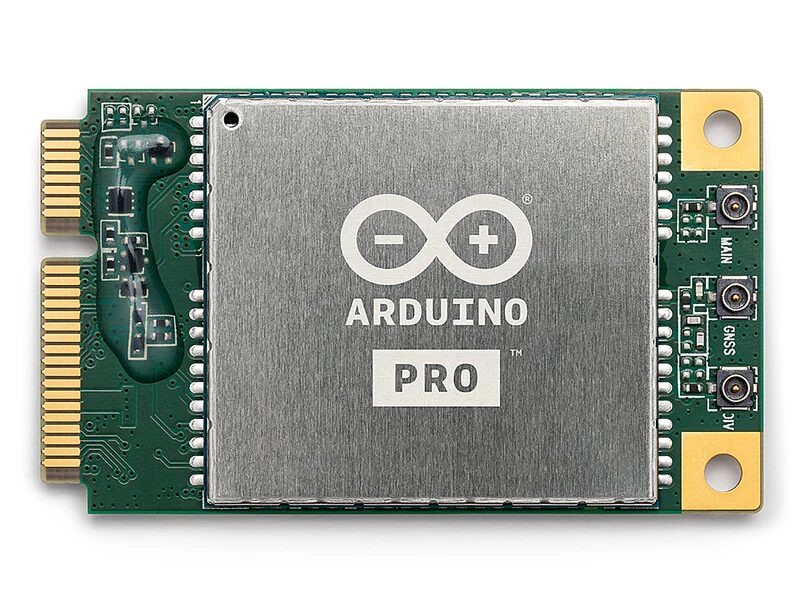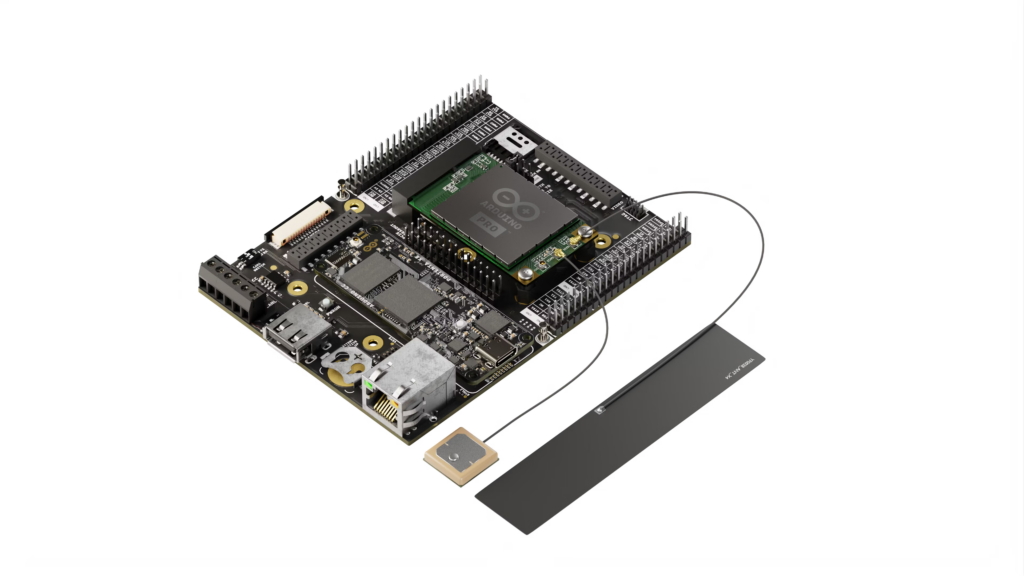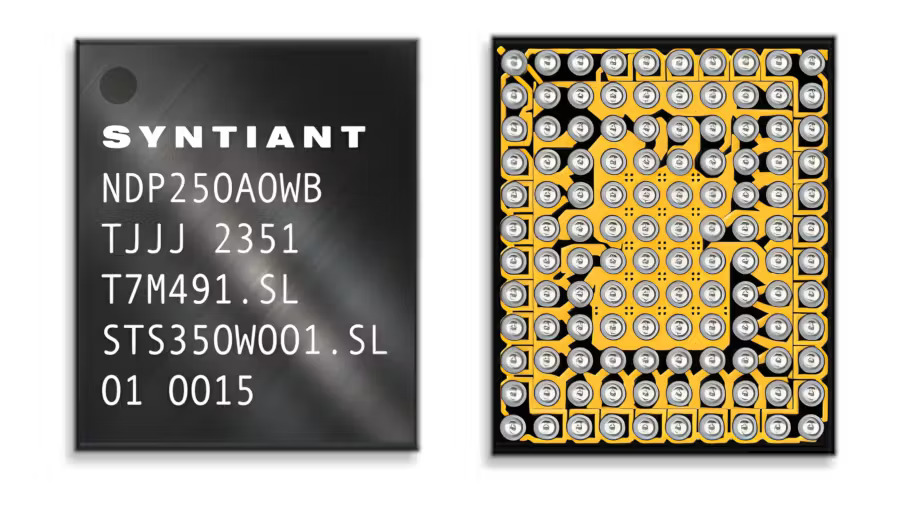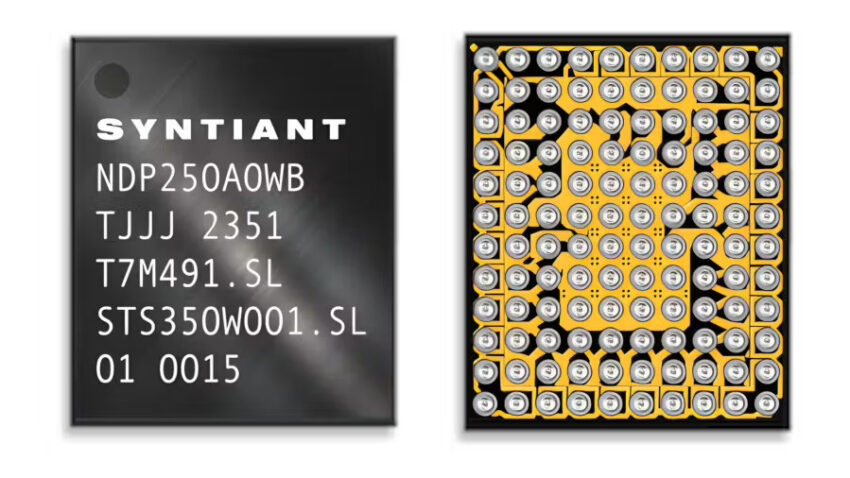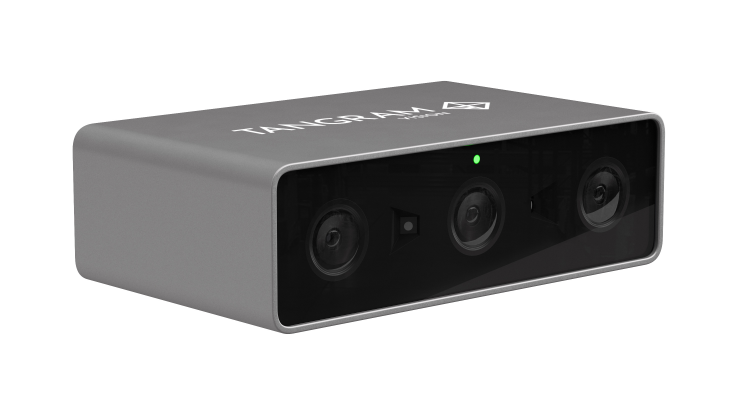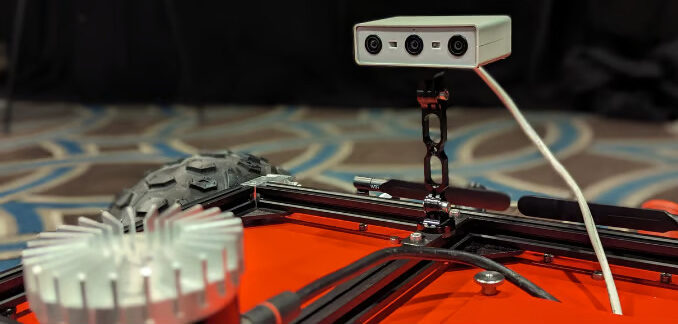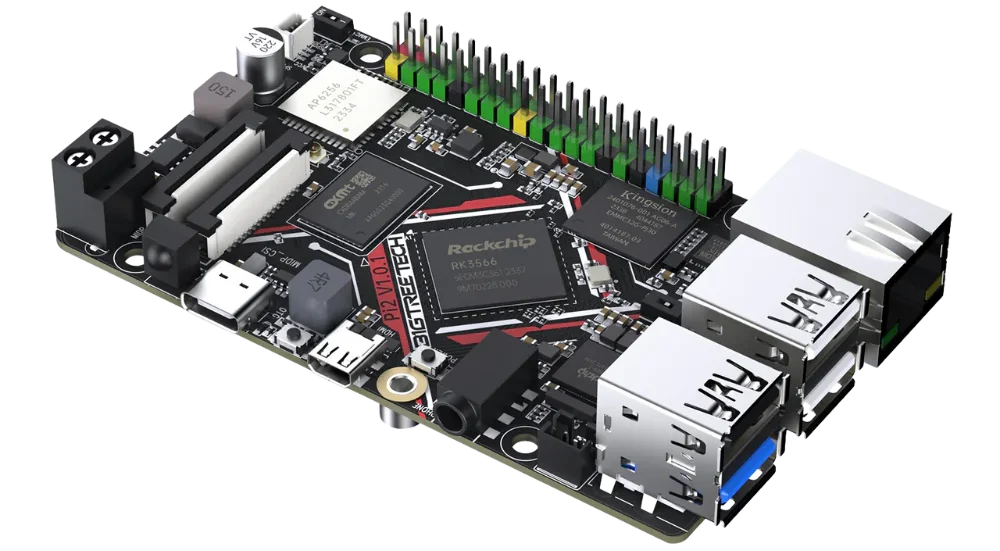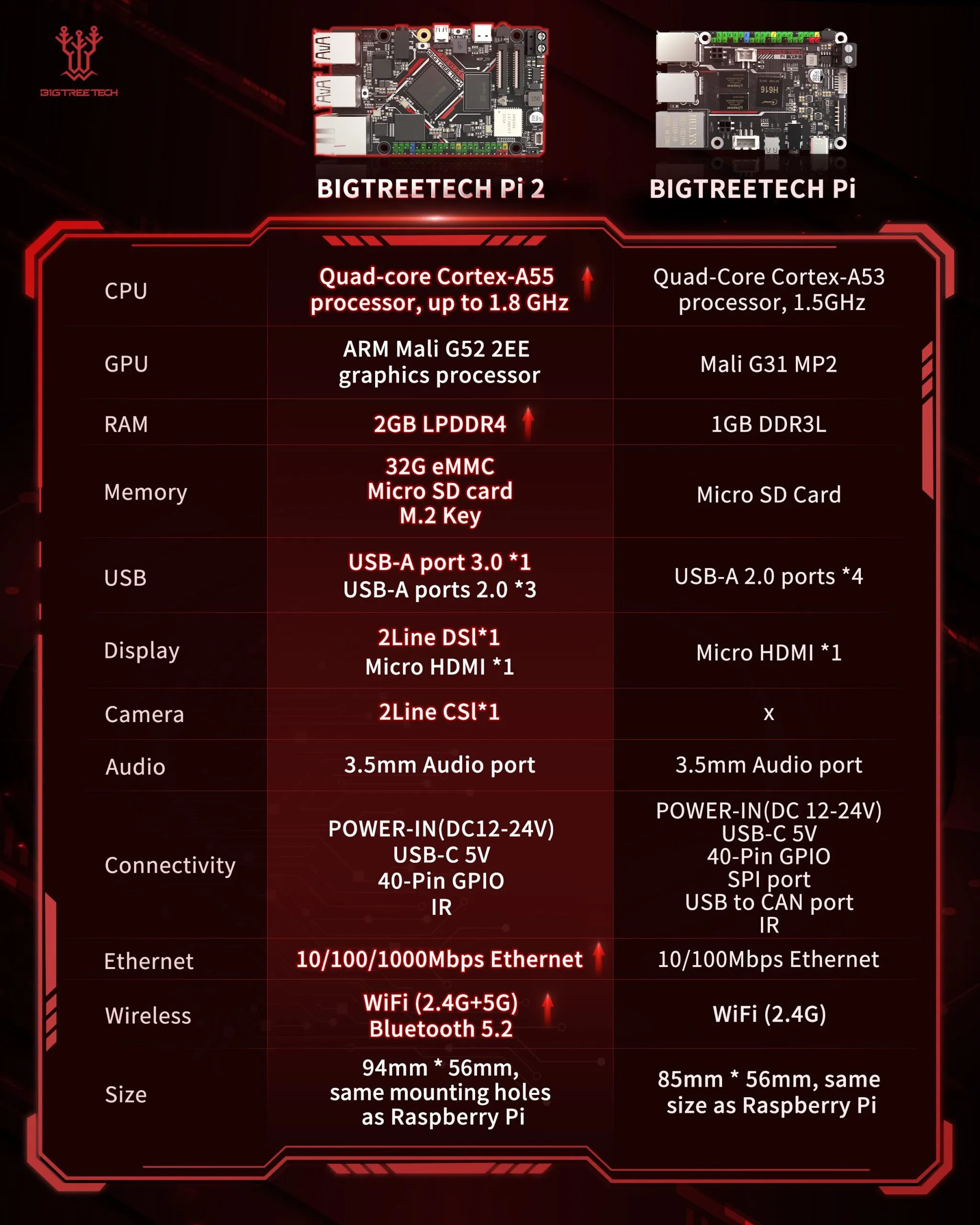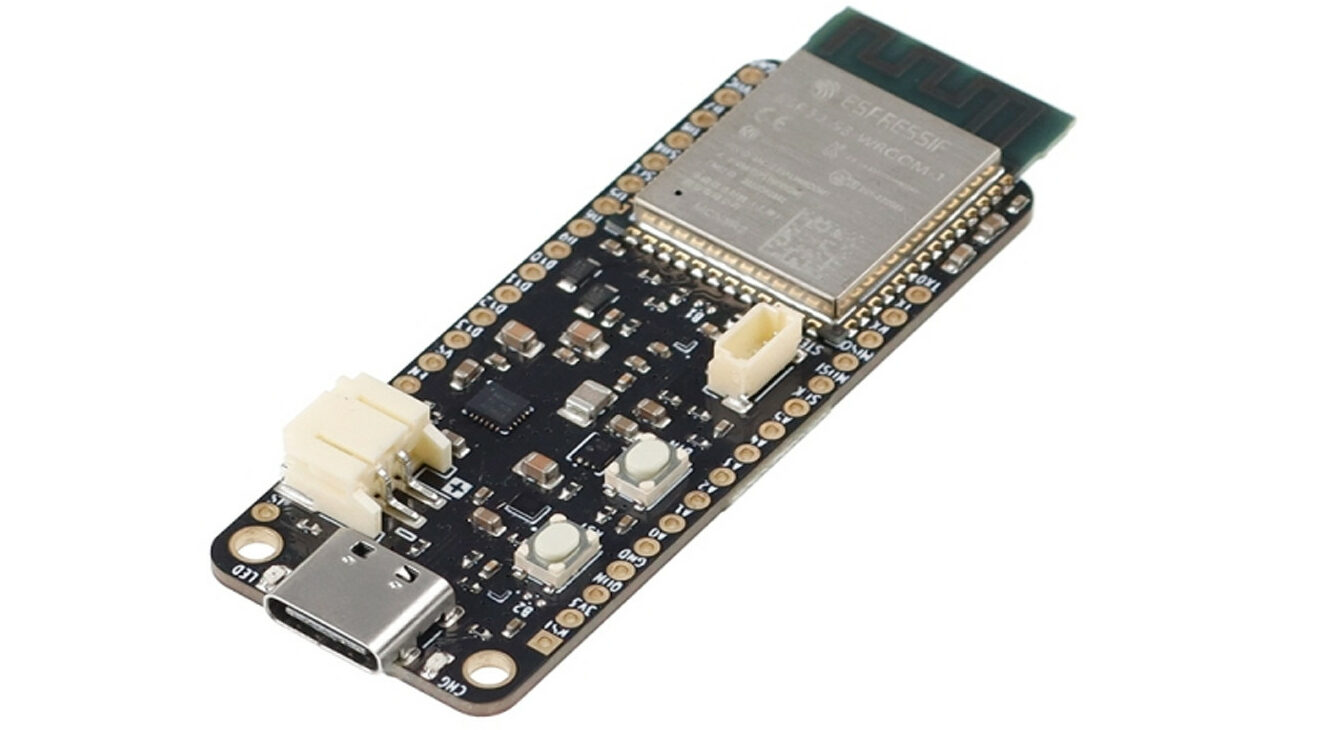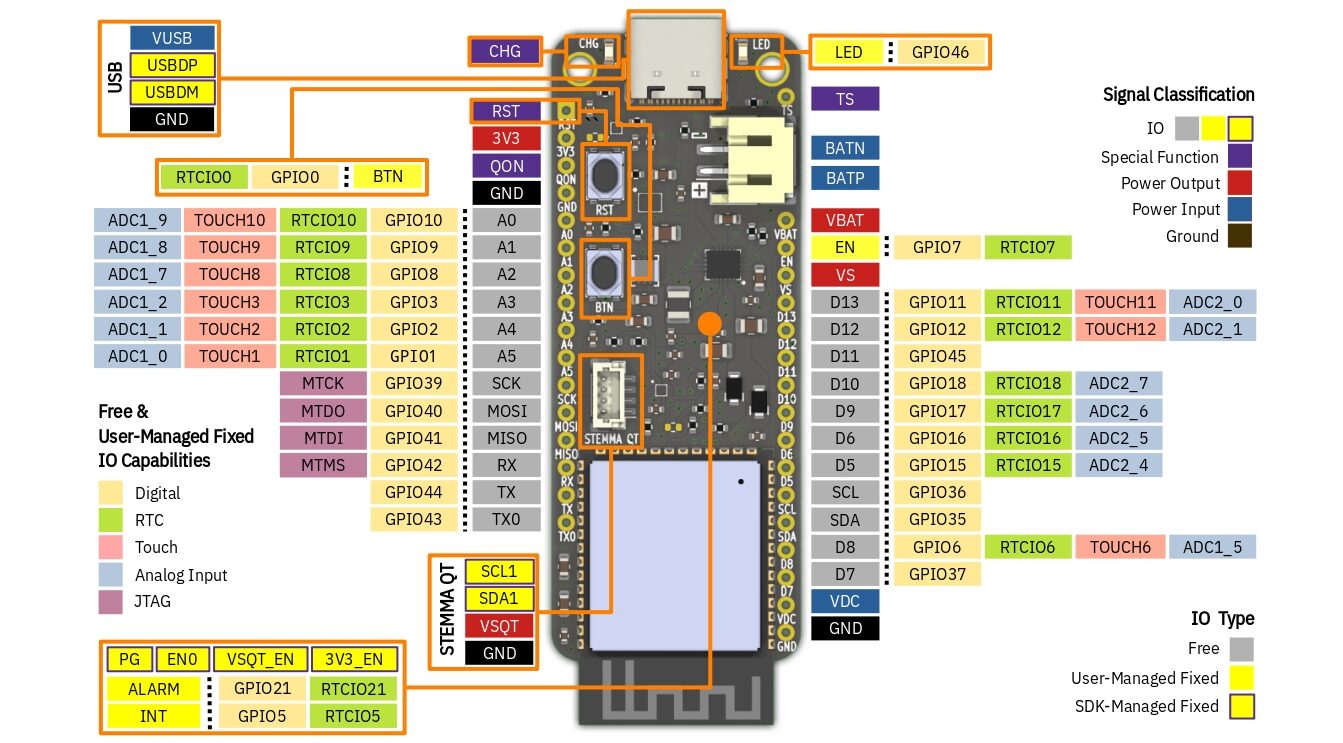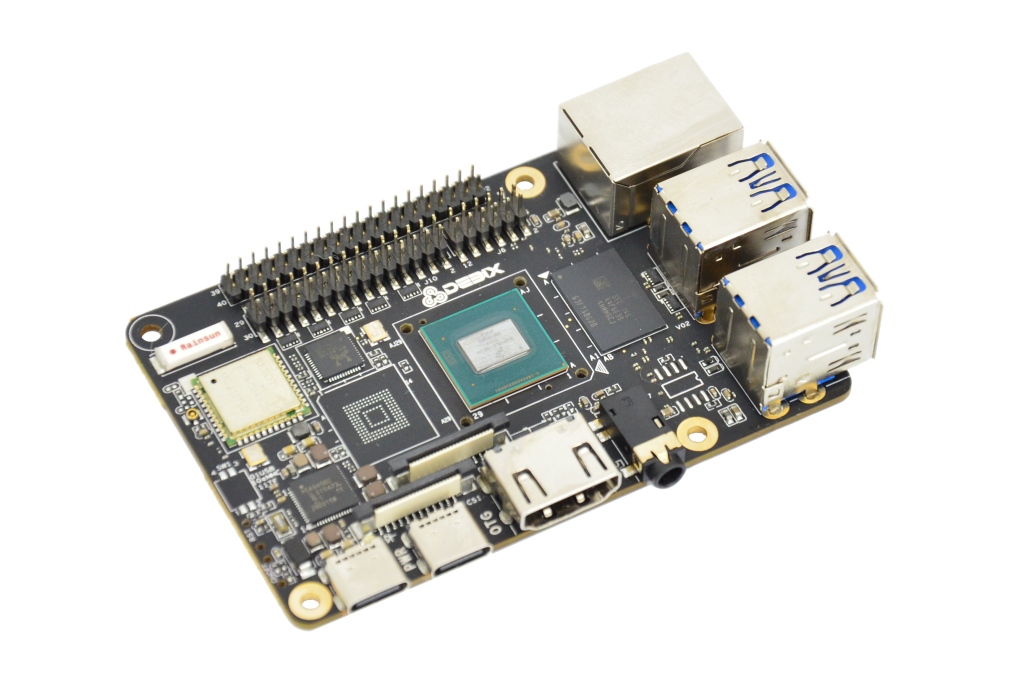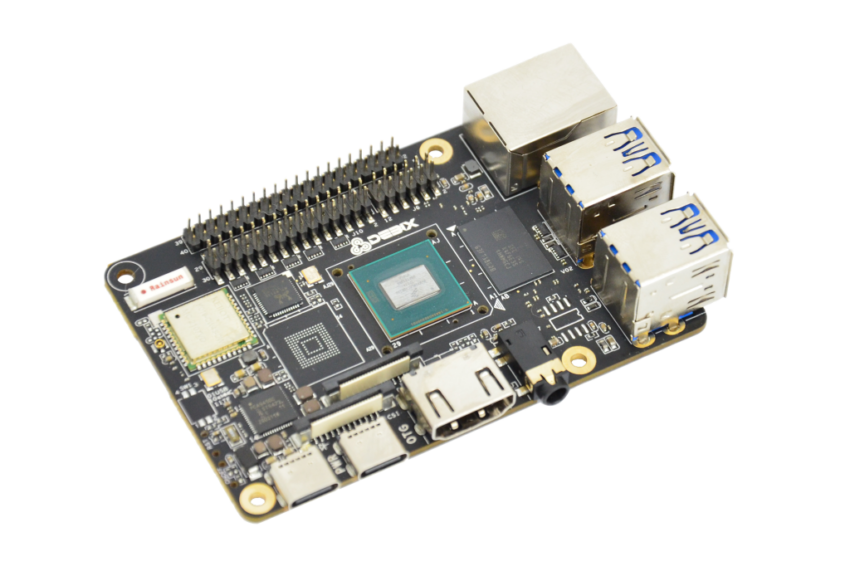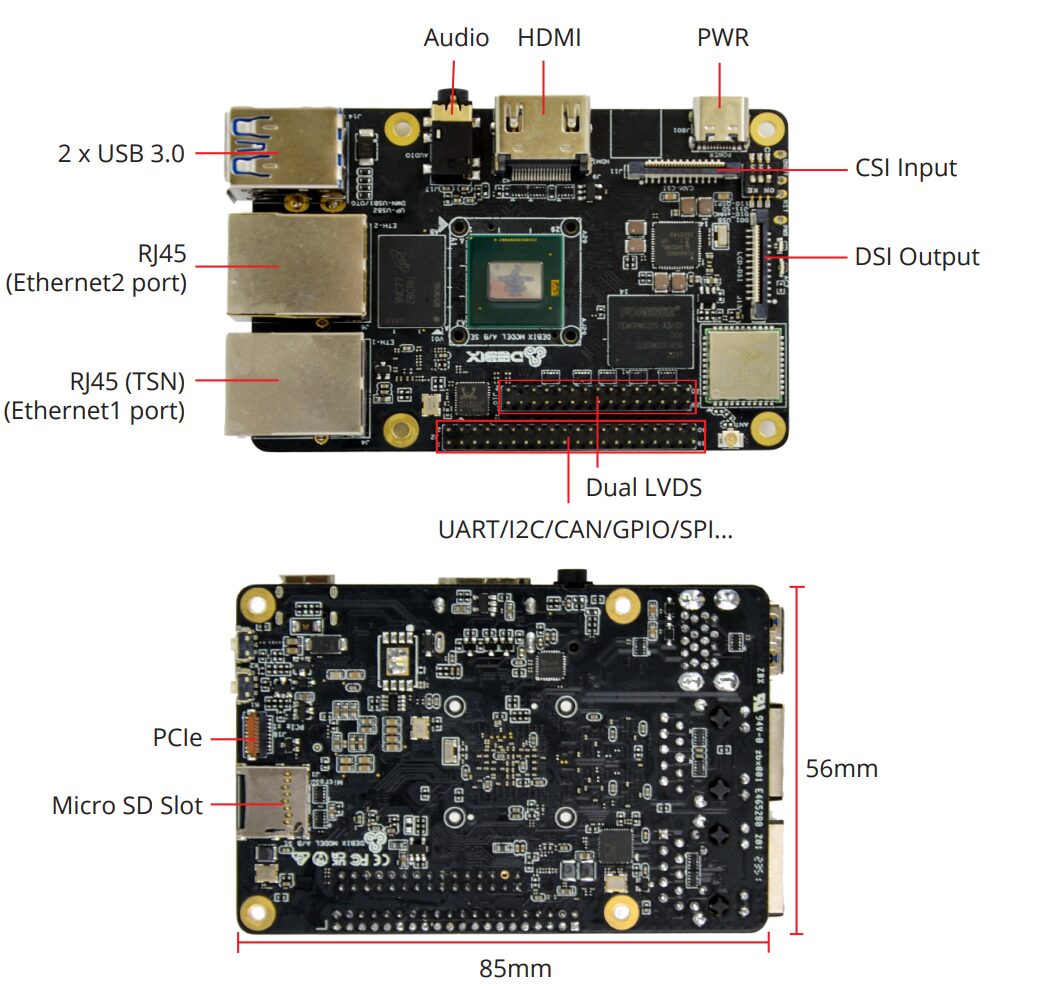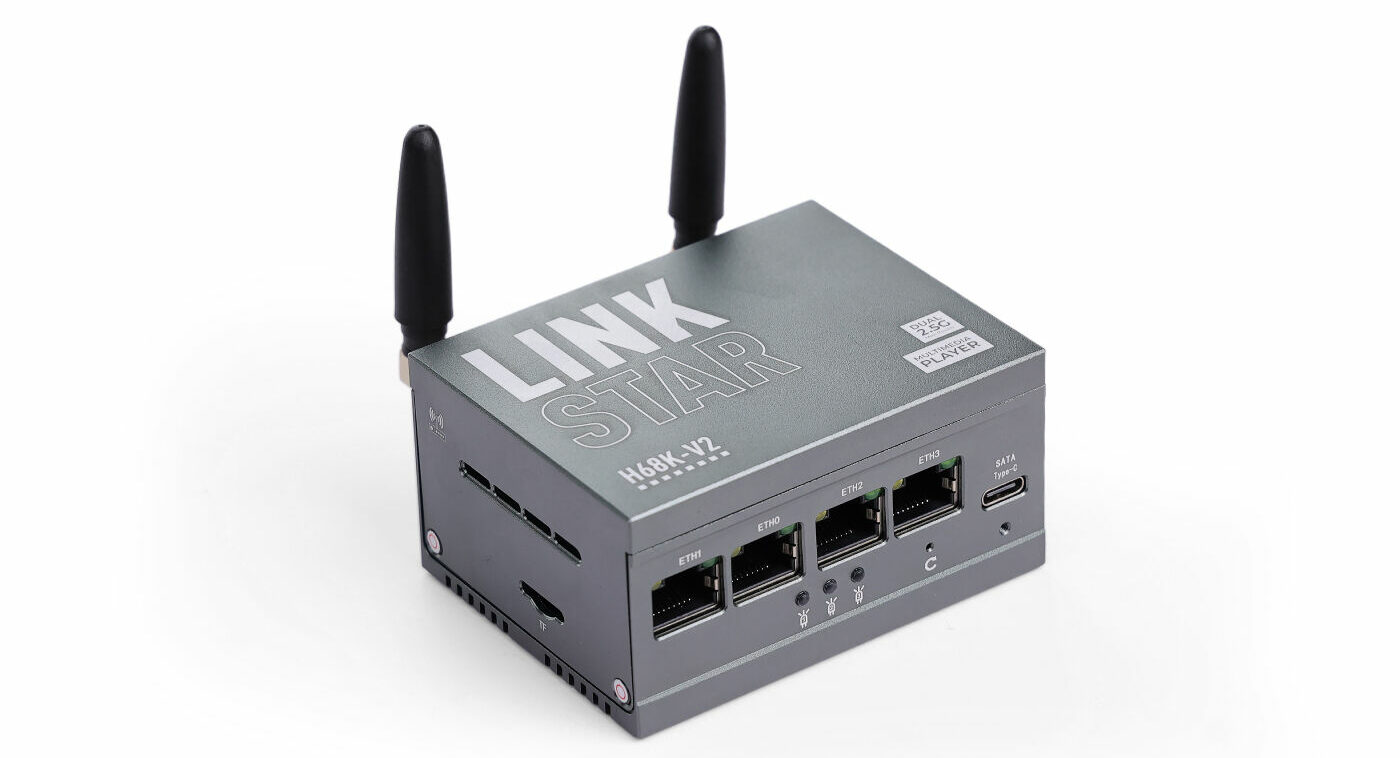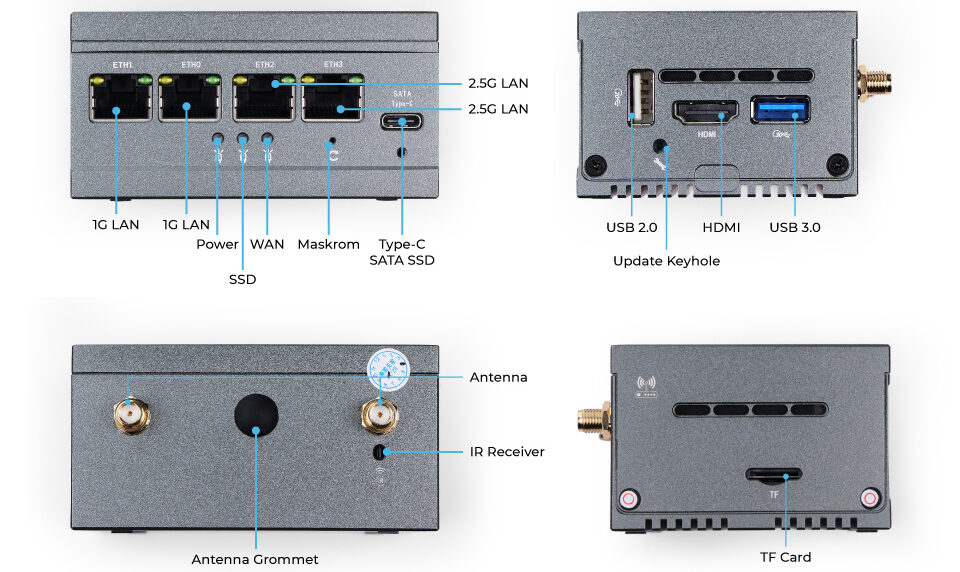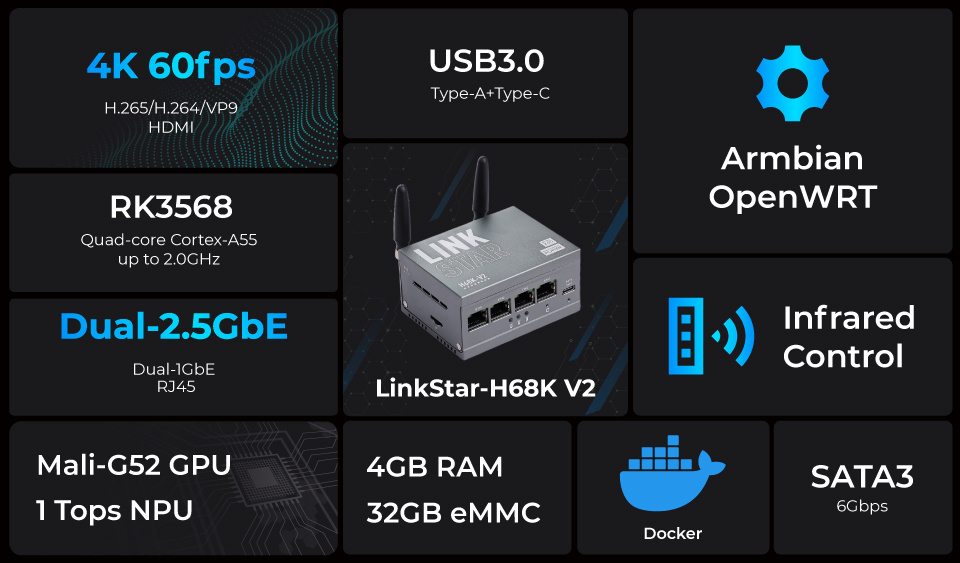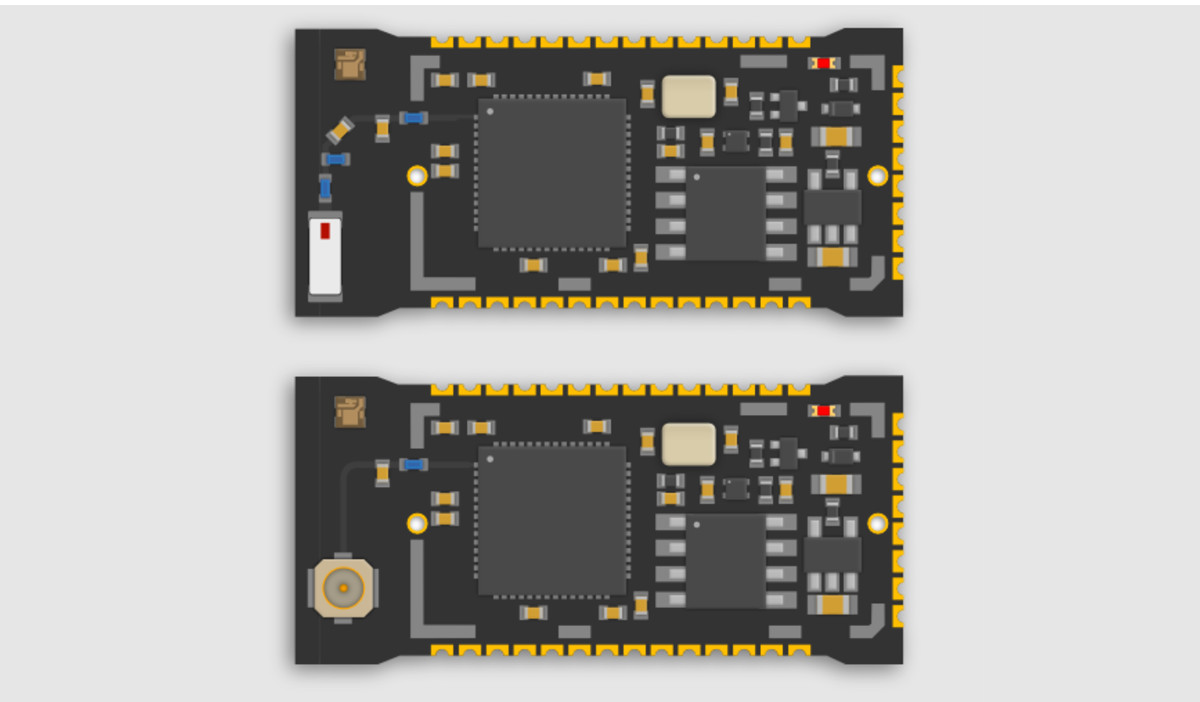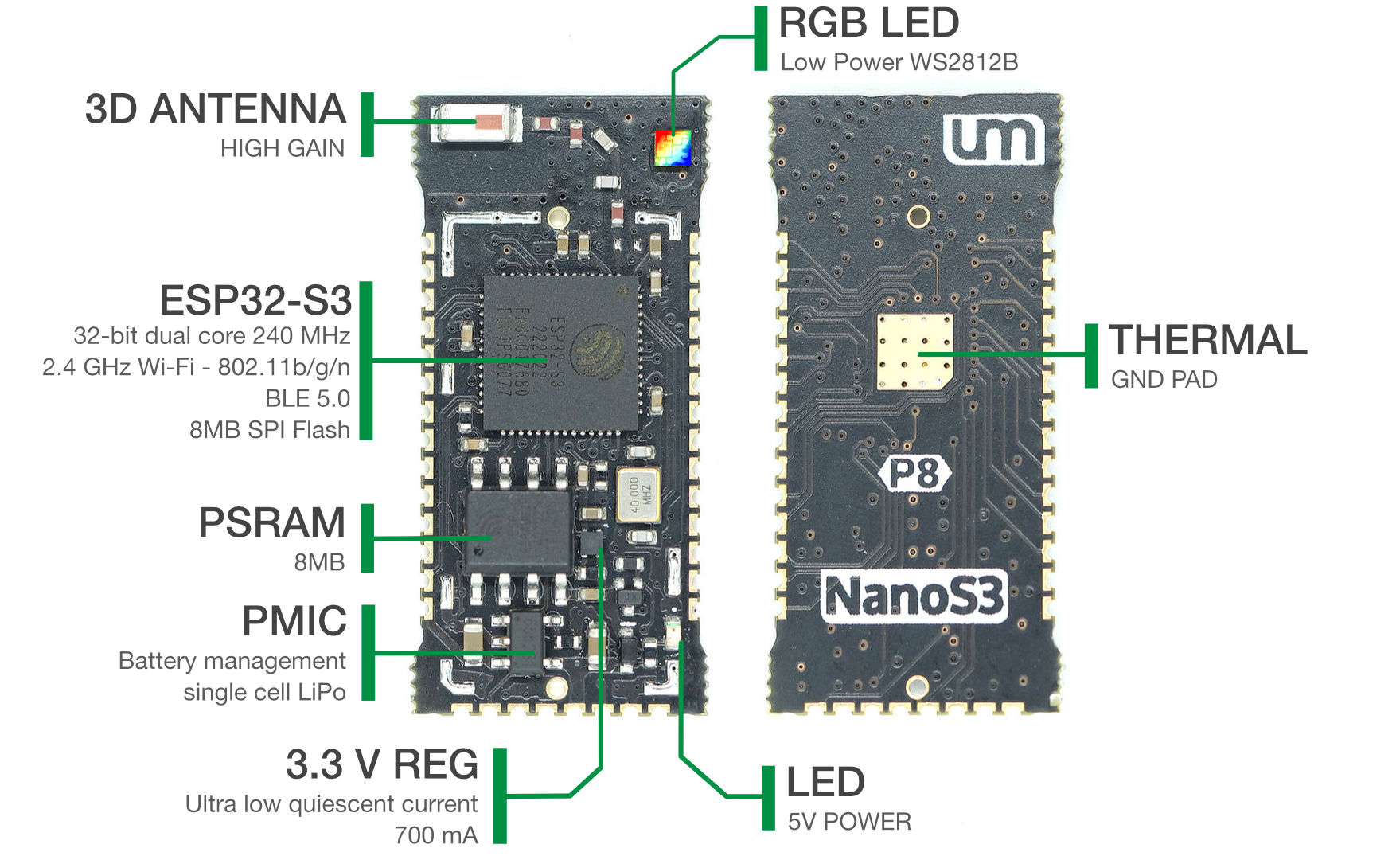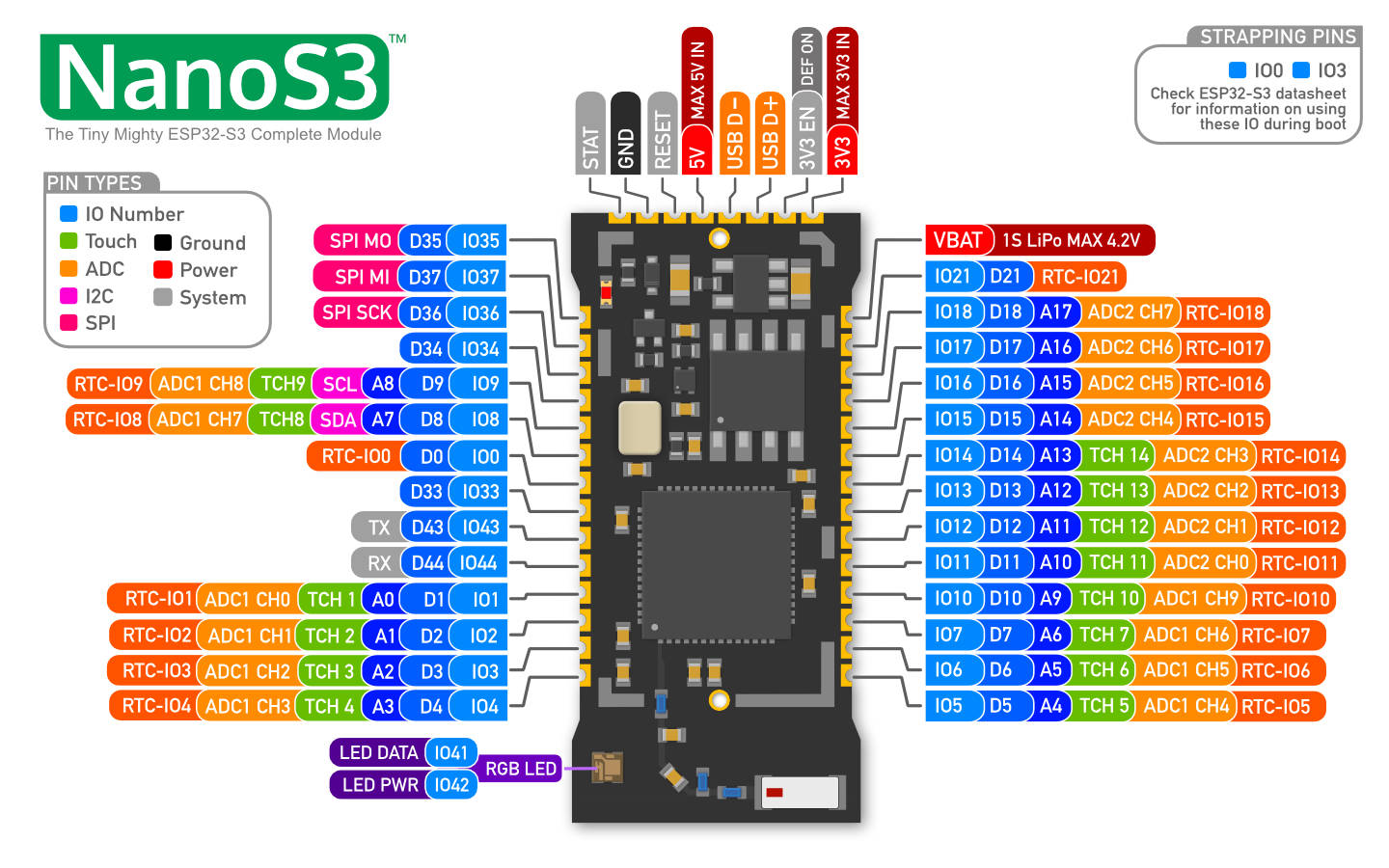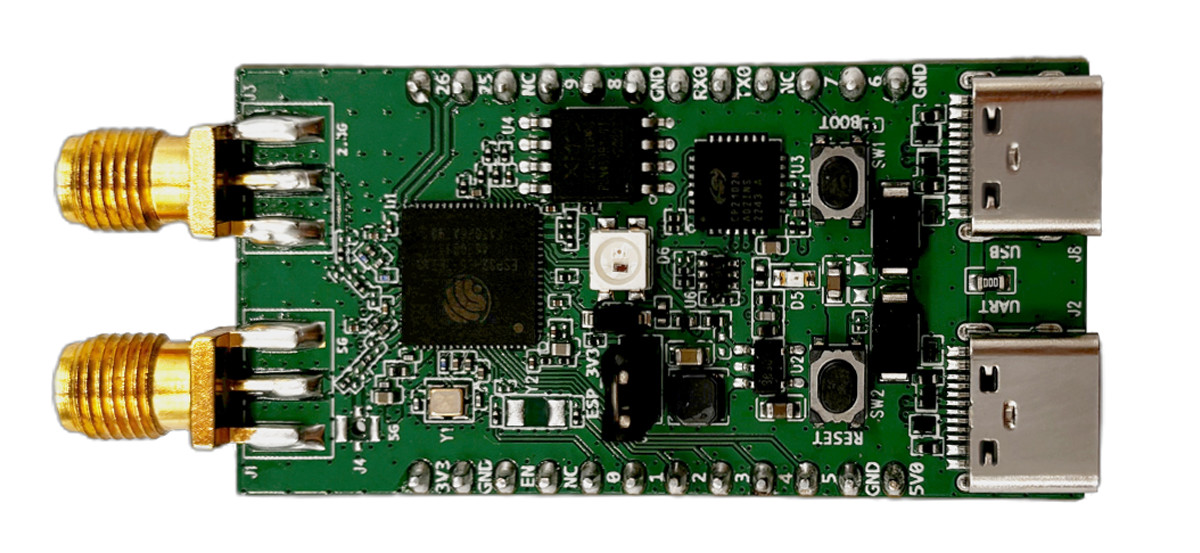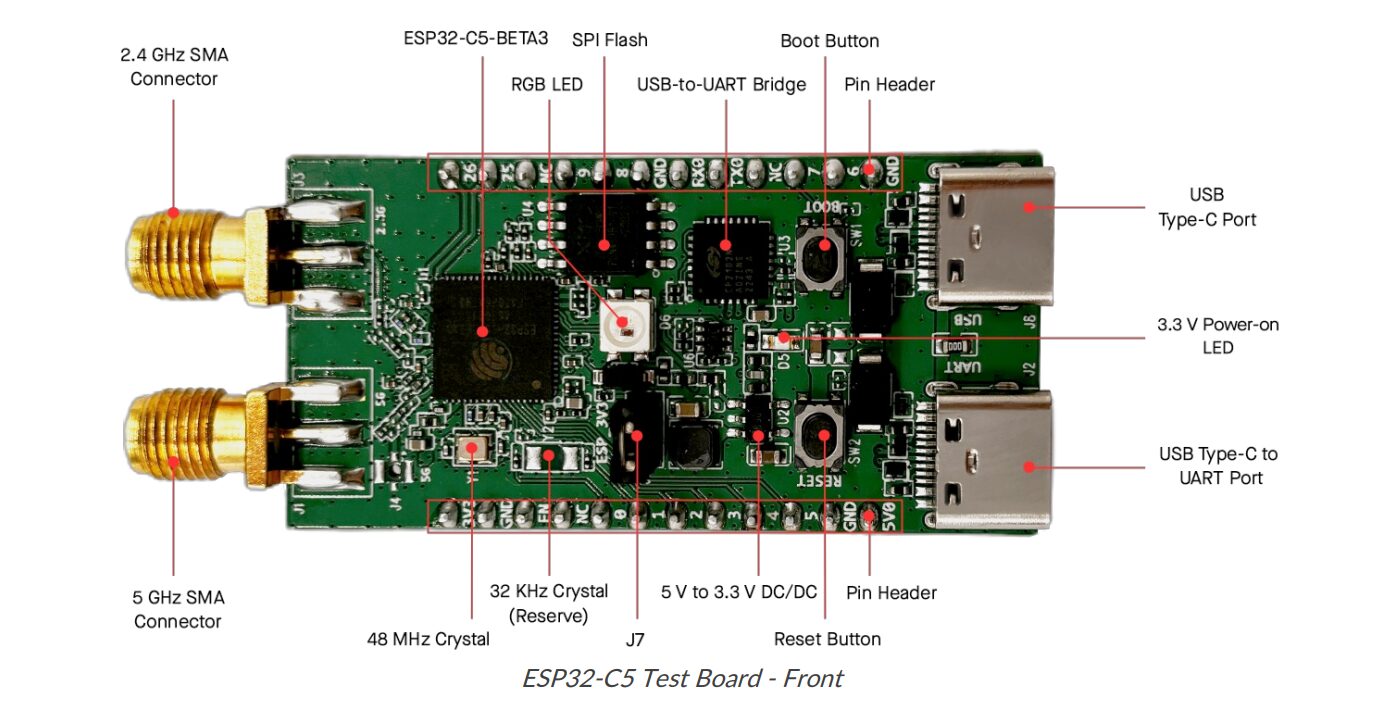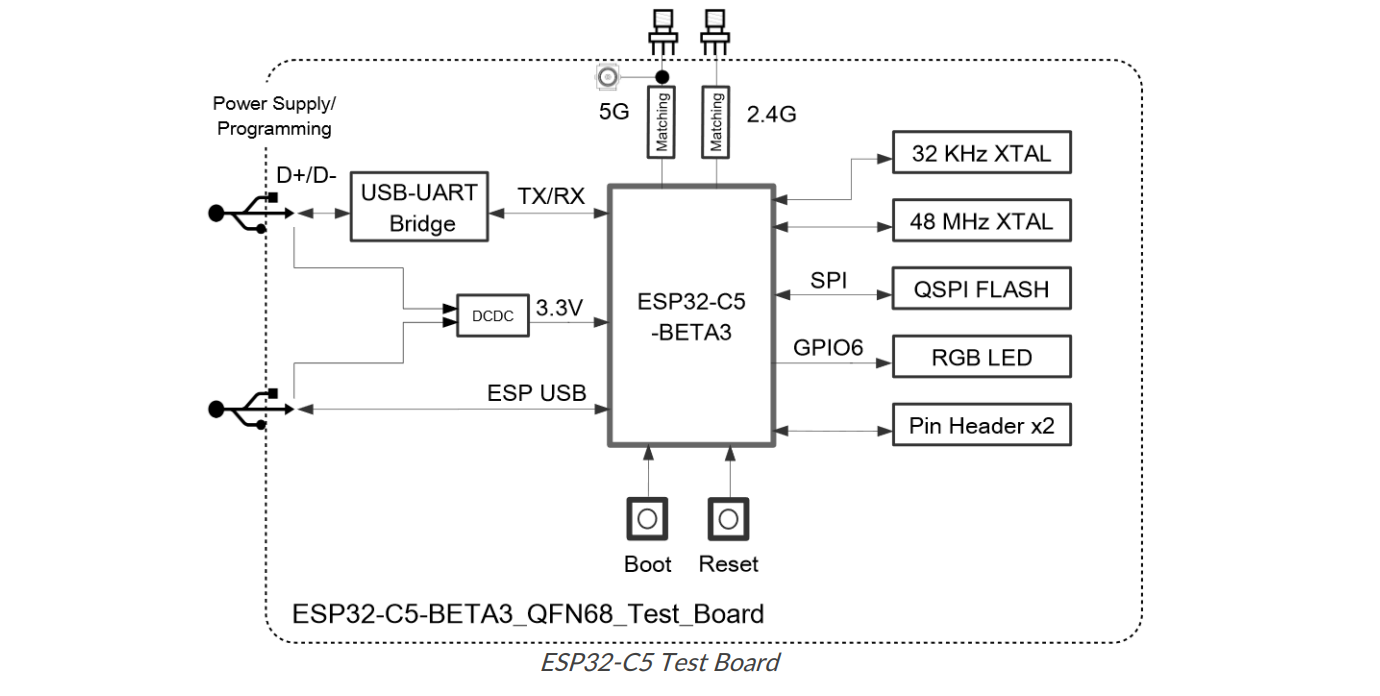TerraMaster, a professional brand that focuses on providing innovative storage products for homes and businesses, has recently released the D8 Hybrid which is the industry’s first hybrid HDD NVMe SSD enclosure. It can hold 4 SATA HDDs/SSDs and 4 M.2 2280 NVMe SSDs, with a capacity of 24TB a drive, and 8TB per M.2 SSD, providing users with up to 128TB (24TB x 4 + 8TB x 4) of storage space, which is an excellent choice for storage expansion of Windows, Mac or Linux computers.
Combining the advantages of HDDs’ massive capacity and SSDs’ high-speed performance, and TerraMaster’s complimentary TPC Backupper software, you can easily schedule backups of important data to enhance data security.
D8 Hybrid Key Features
Hot and Cold Storage Combination
It is flexible to manually choose where to store your data based on type and frequency of use, thereby optimizing storage efficiency and access speed. Taking advantage of the large capacity of mechanical hard disks and the high-speed read and write performance of M.2 SSDs, hot data stored on high-speed SSDs can be quickly accessed, while cold data is cost-effectively stored on HDDs.
TPC Backup Solution
TerraMaster’s complimentary TPC Backupper simplifies Windows PC backups. Users can Schedule folder or disk partition backups to TerraMaster USB HDD storage or NAS servers effortlessly. Just connect, install, and set up your backup task. TPC Backupper supports both incremental and differential backup strategies and is compatible with Windows 8/8.1/10/11. For Mac users, you can seamlessly utilize the built-in Time Machine feature for backup purposes.
10Gbps Transfer Bandwidth
The D8 Hybrid hard drive enclosure adopts USB 3.2 Gen2 protocol for high-speed data transmission up to 10Gbps. With a single M.2 SSD (Samsung 980 NVMe M.s SSD), the read/write speed can reach up to 980MB/s. With 2 SSD’s in RAID 0, the read speed can reach 960MB/s, With 2 hard drives in RAID 0, the read/write speed can reach up to 521MB/s.
The 2+6 Innovation
Dive into the uniqueness of our 2+6 RAID mode! Slots 1 and 2 offer a playground for RAID 0/1/JBOD configurations, ensuring your data’s absolute security. Meanwhile, slots 3 and 4 and M.2 NVMe SSDs stand strong as independent guardians, catering to your every storage whim.
Unlock Infinite NAS Space
The D8 Hybrid is an ideal choice for expanding the NAS capacity of a home or small office. Simply connect the D8 Hybrid to the USB port of your NAS device, and you can easily expand the NAS storage space. You can even use the D8 Hybrid as an external DAS storage device for TerraMaster NAS. Both TOS 5 and the latest TOS 6 systems support creating new volumes using the four HDDs and four M.2 SSDs of the D8 Hybrid, and utilizing the full range of TerraMaster NAS storage features, such as setting up storage pools, various RAID modes, and enabling snapshots.
Push-Lock and Secure
Enjoy tool-free HDD tray swaps with Push-Lock auto-locking, preventing any accidental disconnections. Plus, slide in M.2 SSDs with specially designed covers and screws for a speedy 5-second install!
Stay Cool and Quiet
The D8 Hybrid features an intelligent cooling system, coupled with a super quiet design, which ensures your hard drives stay cool and your workspace stays serene. With automatic fan speed adjustment based on hard drive temperature and noise levels as low as 21dB, enjoy optimal performance without the extra noise.
The D8 Hybrid crowdfunding project has officially launched on Kickstarter with up to 33% off. For more details, please visit:
- https://d8hybrid.terra-master.com/
- https://www.kickstarter.com/projects/64664914/terramaster-d8-hybrid?ref=discovery
Follow TerraMaster on social media:
- Facebook: https://www.facebook.com/terramasterofficial
- Twitter: https://twitter.com/TerraMasters
- LinkedIn: https://bit.ly/3wKrjmr
- YouTube: https://bit.ly/3dMXGIK







